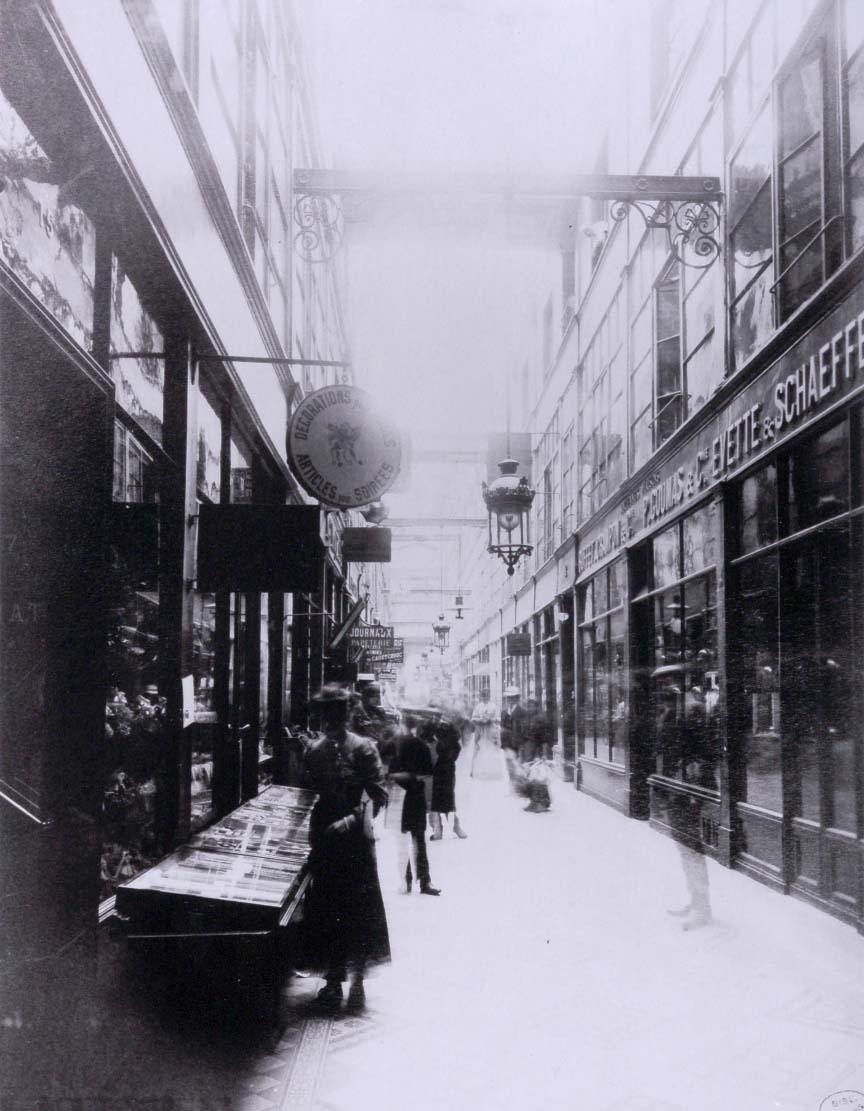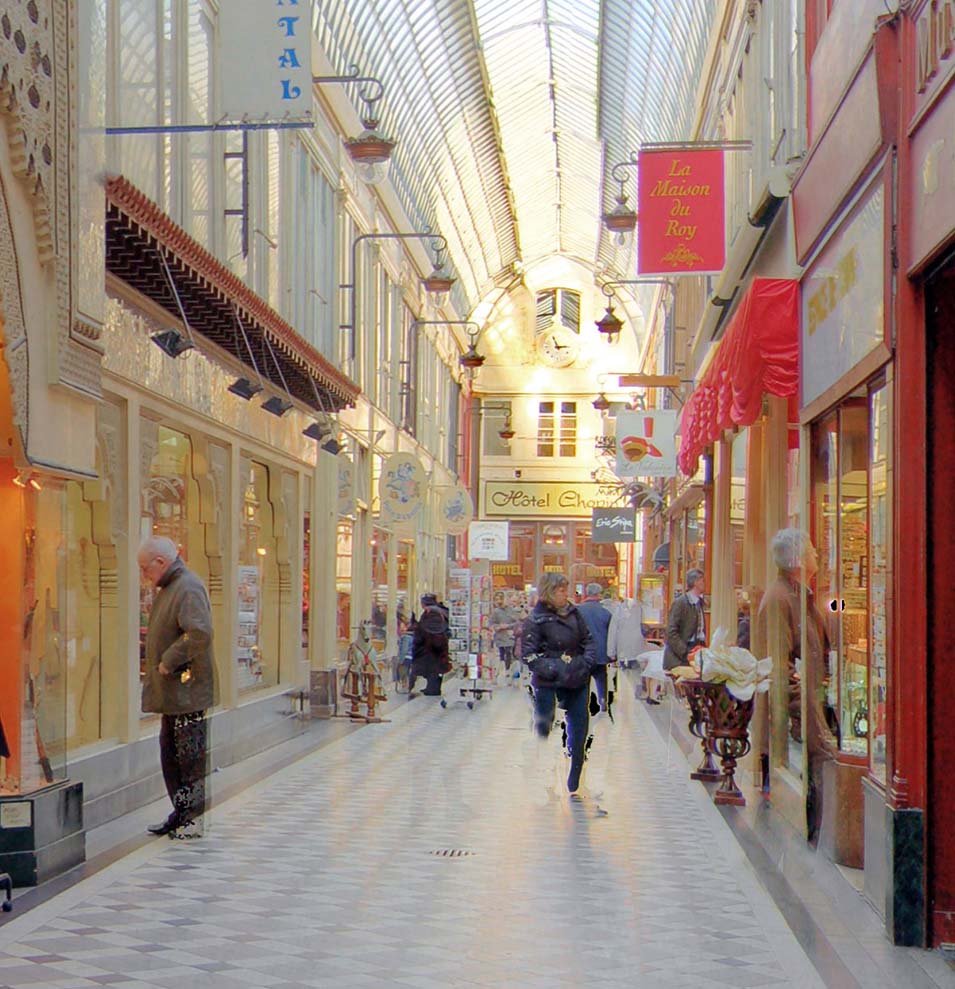|
|
The technique of High Dynamic
Range (HDR) processing addresses a perennial problem in photography:
capturing and displaying luminance values in a scene
ranging from the brightest highlights to detail in the darkest
shadows. The eye and brain can integrate a far wider
spectrum of light and dark tones than tradition photographic
media are capable of registering.
By combining multiple exposures of a scene into one file, a greater range of illumination values can be stored and manipulated. A set of photographs is taken which include a “normal” exposure, and others shot as over-exposed and under-exposed.
Over-exposure gives detail in shadows that
|
|
might otherwise be lost, and under-exposure captures highlights in brighter areas which would register as washed-out white tonality. Because of the need for multiple photographs, use of this technique is often limited to scenes with no motion. People appearing will often register as ghost-like images.
Once an image is captured and stored, contrast
reduction and tone mapping techniques are applied by
computer. These allow the photographer to visually
adjust the wider range of tonality into a final
photograph that more naturally represents an image as the eye
would perceive it. |
|
|
|
|
|
The process of making a DET image requires not only
the considerations of weather and sun angle, but also the selection of a
day and time that will be less crowded.  Passage du Grand-Cerf
Passage du Grand-Cerf
Eugène Atget circa 1910 |
|
Where Are All The People?

Detail of Passage Jouffroy print showing the Digital
Enhancement Technique artifacts of people in motion
|
|
|
The Covered Arcades of Paris became popular in the nineteenth century, and still are today, because people are drawn to them. Why, then, do the photographs in this exhibition show these Passages as almost devoid of people?
The Digital Enhancement Techniques (DET), which offer many benefits over conventional film photography, can suffer, ironically, from some of the same problems that faced photographers in the early 1900s. The photo by Eugène Atget of the Passage du Grand-Cerf, circa 1910, demonstrates the difficulty he had with the brightness of the skylight compared with the illumination at the store level. The required exposure time also produced blurry and ghosted people in the foreground.
HDR photos are best exposed on a tripod and can take several seconds to complete, just as did Atget’s single exposure. During that time, any object in motion can produce indistinct images. Panoramic Stitching can use eight or more composited HDR files, taken over the course of several minutes.People in the mid- or foreground can disappear entirely between
overlapping shots. |
|